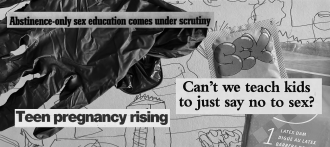
Teenage Dreams and Political Nightmares: An Interview with Charlie Jeffries
Ki Niehaus of COVEN Berlin interviews historian Charlie Jeffries about her 2022 book “Teenage Dreams: Girlhood Sexualities in the U.S. Culture Wars”.
Read More
Ki Niehaus of COVEN Berlin interviews historian Charlie Jeffries about her 2022 book “Teenage Dreams: Girlhood Sexualities in the U.S. Culture Wars”.
Read More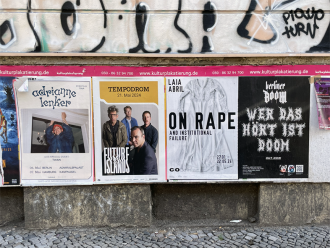
Laia Abril’s On Rape – And Institutional Failure is a small exhibition packed with written information, occupying the front three rooms of the upstairs gallery space at C/O Berlin.
Read More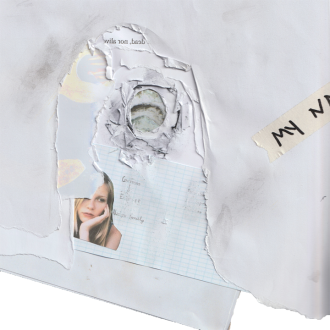
The feeling that stayed with me after finishing Kleinstadtnovelle was not that puberty itself is the problem, but the hostile conditions in which it is supposed to happen.
Read More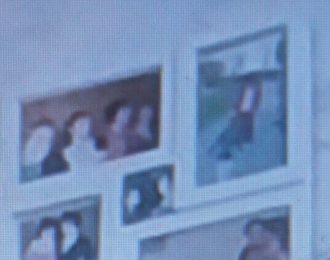
In my project “The Art of (Not) Forgetting”, which began in February 2021, around 4 months after the start of the protests in Belarus, I tried to use storytelling and photography as a means of opposing the regime of the last European dictator: Alexander Lukashenko. The idea that brought me to address these issues was prompted by the situation I was observing in my country since August 2020. During massive rallies against the rigged presidential election, one of the symbols used by the opposition was the white-red-white flag that refers to the period of an independent Belarus and dates back to 1918. Very soon the regime declared this combination was “extremist” and eventually banned. People wearing clothes, scarves, bracelets, and even socks with the “wrong” colors were detained, fined, and given prison sentences.
Read More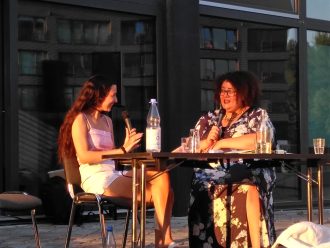
‘A Conversation on Care’ was the official name of the talk SchwarzRund and I gave in Summer 2021, as part of COVEN BERLIN’s event “an invitation to sink in to the bog.” Watching it back though, I realise that another title could have been ‘A long overdue catch up between friends who are always keen to work together, could forever talk to each other, but don’t always have the energy to do so.’
Read More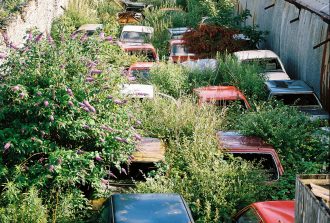
I am writing this days after the Ahr river flooded in the west of Germany, killing 184 people.* The pictures, a friend says, look photoshopped, as they show me how to move the cursor from right to left, displaying the before and after scenes. All I can think is ‘less green.’ The same friend tells me of the flooding of the Elbe river that happened in 2002, and that it was Eurocentrically named “the flood of the century” (Jahrhundert Flut). After all, most floods of this century have not covered European soil. The broken banks are presented as a governmental failure to predict, re-inforce, and secure. Control measures failed and Germany’s immunity to climate disaster has been torn a little, despite the appearance of success. The holy see it as a message from God, the capitalists call it a time for harder intervention and more capable management, and time travellers say, as with every so-called year, this is the year of the bog.
Read More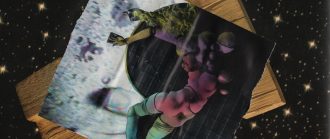
Bhajan’s sexual and emotional abuse does not stand alone, but is linked to a much larger system of abuse of power. And this system pervaded all areas of his personality, including his teachings.
Read More
There has become a market, driven by social media aesthetics, for the radical slogan, a marketing for leftist politics, and therefore, a market for continued oppression. Though graphics elevate and increase the share-ability of messaging, this practice has translated into consumer goods with trendy, relevant, and co-optive messaging.
Read More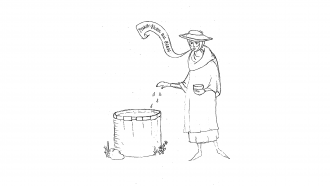
Greetings and God’s blessing upon you my dear husband, Monsieur d’Allee, on this, the 2nd day of June, the year of our Lord 1321.
I deliver bad news, of which, I am sure you are already aware.
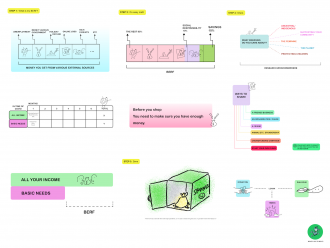
This is a choose-your-own-adventure and how-to guide on sharing and saving money. It is intended to help you figure out whether you can afford to share money, and to encourage you to save money.
Read More